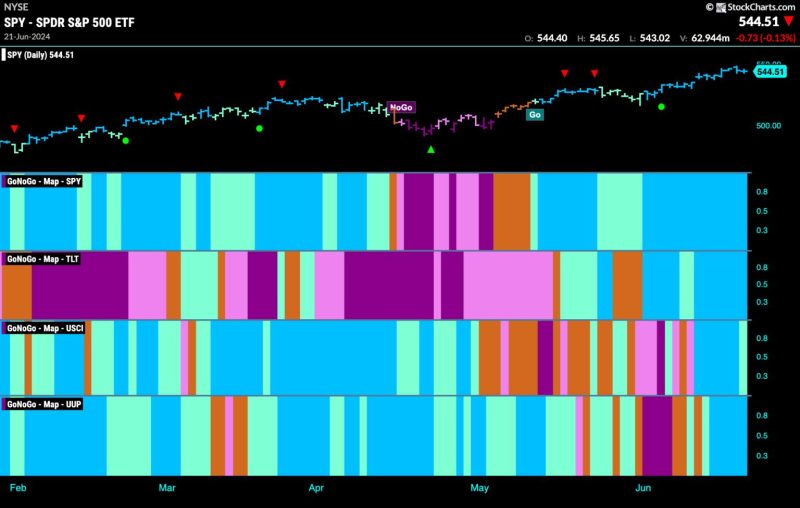In a recent article, it was highlighted how technology has once again played a stimulating role in driving market growth. This trend is not a new one; the relationship between advancements in technology and their impact on the market is well-documented. From the dot-com bubble of the late 1990s to the rise of social media in the 2010s, technology has consistently been a key driver of financial markets.
One of the main reasons for this relationship is the disruptive nature of technology. New innovations often shake up the status quo, forcing companies to adapt or risk falling behind. This constant pressure to innovate and improve efficiency can lead to increased profitability and growth, which in turn drives market performance.
Another factor at play is the ability of technology to open up new markets and revenue streams. The rise of e-commerce, for example, has allowed businesses to reach customers in ways that were previously impossible. This increased reach has translated into higher sales and profits for many companies, creating a positive feedback loop that benefits both businesses and investors.
Furthermore, technology has the power to make existing markets more efficient. Automation, artificial intelligence, and other technological tools can streamline processes, reduce costs, and improve productivity. This increased efficiency often leads to higher profits, which can boost stock prices and drive overall market performance.
However, it is important to note that the relationship between technology and the markets is not without its risks. The rapid pace of technological change can create volatility and uncertainty, as investors scramble to keep up with the latest developments. There is also the risk of market bubbles forming around hot tech stocks, which can lead to sharp corrections when investor sentiment shifts.
In conclusion, while technology has once again provided a spark for markets, investors should approach this relationship with caution. While technology has the power to drive growth and profitability, it also comes with risks that must be carefully managed. By staying informed, diversifying their portfolios, and maintaining a long-term perspective, investors can take advantage of the opportunities presented by technological advancements while mitigating the associated risks.




























